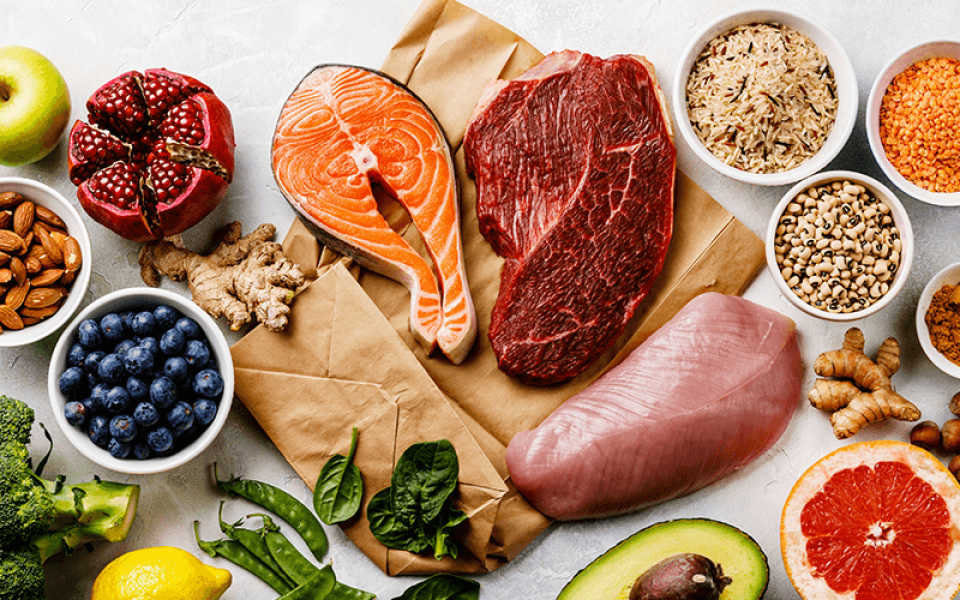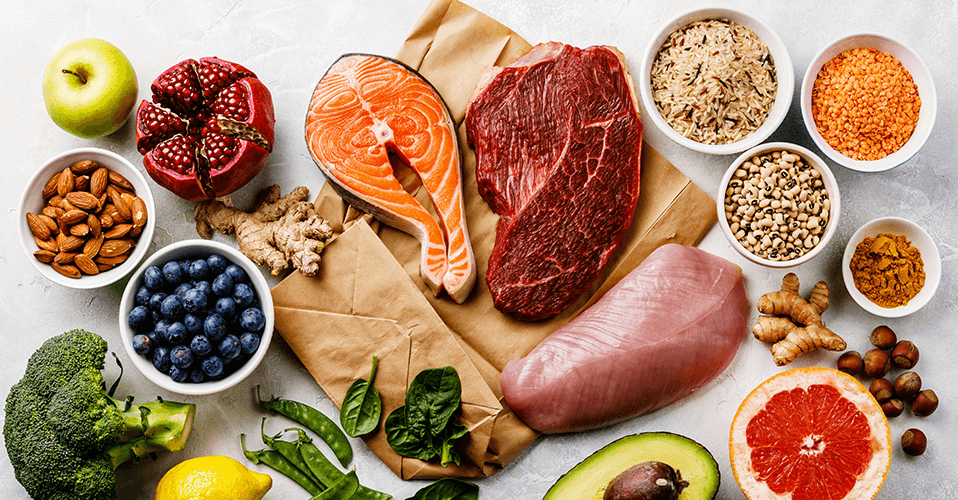
With heightened awareness of what goes into our dishes and how it affects our bodies, restaurant owners, chefs and menu planners around the world have been adapting their menus and cooking methods to cater for diverse needs and demands.
On top of ever-changing food trends like the paleo diet (a diet that mimics what our pre-agricultural ancestors ate), some diet preferences are here to stay, such as vegetarianism, as well as our love for organic foods and locally-sourced ingredients. Some are restricted by their medical condition. Below are among the most common.
Lactose intolerance
Lactose is the naturally occurring sugar in milk and dairy products. People with lactose intolerance experience such symptoms as diarrhea and bloating after consuming dairy products.
Food allergies
The eight most common types of food allergies are wheat, nuts, shellfish, eggs, milk, fish, soy, and sesame seeds.
Gluten-free
Gluten is a protein found in wheat, rye, barley, and oats. People suffering from celiac disease have to refrain from consuming gluten which could damage their small intestines.
Diabetes
Diabetics need to manage their sugar and carbohydrate intake in order to properly manage their blood sugar level.
Chefs’ dilemma
Faced with all these special nutritional demands, preferences and restrictions, some chefs are somehow not quite ready to compromise their recipes to accommodate every diet need.
Award-winning Boston chef Jeremy Sewall is prepared to accommodate for vegetarians or diners with allergies, but when asked if he felt restaurants had any obligation in terms of health, he said “No, absolutely not. There is no obligation. If your goal is to be a health-food restaurant then that’s your obligation, but that’s not my responsibility. My responsibility is to offer a well-rounded dining experience — interesting, creative food that I feel is an expression of the restaurant itself, but counting calories is not my job.”
Marcos Sanchez, executive chef at Tres Gatos, shared similar views and did not see looking after customers’ health the sole responsibility of restaurants. “If we were feeding them on a consistent basis, then maybe yes. I just like cooking great food and I love to see people enjoy it. That makes me happy.”
“You can’t blame restaurants for your own cholesterol or for gaining too much weight. Splurging once in a while on a large fry and a burger is a great way to feel good once in a while, as long as you’re not doing it every day,” Sewall added.
Meanwhile, there are also chefs who deem it inevitable to explore ways to incorporate various dietary needs in their recipes, while balancing flavours, nutritions, and personal preferences at the same time.
Substituting complementary ingredients and modifying cooking methods to achieve the same flavours and dining experience is not an easy task. In fact, chefs and caterers with training and knowledge in nutrition are considered more marketable and are stronger prospects in the job market.

Keeping everyone happy
Responding to diverse dietary needs seems to come with the territory in the highly competitive restaurant business over the past years. In order to stay afloat in the industry, restaurant, chefs and menu planners need to pull out all stops to satisfy evolving customer preferences and requirements. There are a few basics that they stick to when implementing changes to their menus.
A transparent menu
Displaying ingredient and nutritional information of dishes shows willingness of a restaurant to accommodate diners’ needs, especially when there are healthier options available for customers. When the Affordable Care Act was introduced in the US in 2010 and certain chain restaurants were required to label nutritional information, it was widely believed that it would drive customers away. Surprisingly, the transparency in fact helped build brand image and establish brand loyalty. One thing to note is that, when including nutritional information on menus, it is essential to ensure such information is detailed and in relation to the portion size.
Options. Options. Options.
Offering options to customize dishes, e.g. sauce on the side, vegan or regular cheese, is a practical way to attract diners with various expectations. Allowing customers to choose portion size would not only appeal to small eaters and those who want to try a bit of everything, but also to the environmentally-conscious as well.
Staff training
Modifications made to a menu should always be followed by appropriate staff training. Staff should know the menu inside out, including the ingredients and cooking measures of each dish, so that they can provide appropriate assistance to customers with special needs. It is also important to educate staff on the seriousness of food allergies and intolerances.
Staying tuned with the latest food trends has become a vital skill in the food service business. To stay ahead of the game, restaurants, chefs and menu planners need to be sensitive to current and emerging dietary trends, and possess the professional knowledge to redesign menus in order to address various personal needs and preferences.

